The Jedi-Sith War (ended 1032 BBY) was the last of the wars fought between the Jedi Order and the Sith during the fall of the Old Republic. The war included a battle on the planet Coruscant, and its subsequent liberation.
The war ended with the presumed destruction of the Sith on the planet Ruusan, though one Sith, Darth Bane, had actually survived and reformed the Sith via the Rule of Two which allowed them to exist in hiding for the next thousand years until they toppled the Jedi Order.
During a period of time known as the Hundred-Year Darkness, a rogue Jedi came to believe that the true power of the Force lay not through contemplation and passivity, but that only by tapping into the dark side of the Force could the true potential of the Force be reached. The Jedi High Council rebuked this and cast the fallen Jedi out of the Jedi Order; however, the rogue Jedi gained followers and formed a new order that eventually became the Sith. Eventually, war broke out between the Jedi and the Sith, during which time the Sith built empires which were sustained through slavery, but it would be the Jedi and the Galactic Republic that ultimately achieved victory. Even so, the Jedi and the Sith continued to do battle over the millennia.
The Jedi came into conflict with the Mandalorians, but the Old Republic continued to fend off the onslaught of the Sith as the Old Republic fell and a dark age began.
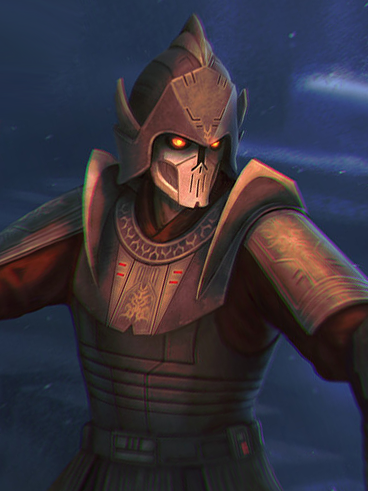
The Jedi-Sith War ended with Darth Bane as the sole surviving Dark Lord of the Sith.
During the Jedi-Sith War, the Jedi's Army of Light conducted crusades against the Sith Brotherhood of Darkness. During the war, the Sith used a dark side stronghold on Ando. Within the conflict, the Sith had taken over Coruscant, and later the Jedi liberated the planet. Though the Sith nearly succeeded in conquering the Republic, they were defeated at Ruusan in the year 1032 BBY.
The ancient Sith Order's ranks were culled through "unchecked ambitions and infighting" as ambitious Sith Lords vied for power and dominance, which, in turn, created an opportunity for the Jedi to remove the Sith as a "viable threat" to the Republic. The result was the near-complete extermination of the Sith; however, the extinction of the Sith was averted by the Sith Lord Darth Bane, who survived and emerged from the Jedi-Sith War as the last survivor of his Order. In fact, Bane had engineered the downfall of his own Order. To Bane, the Sith Order had grown weak from infighting and needed to be reforged.
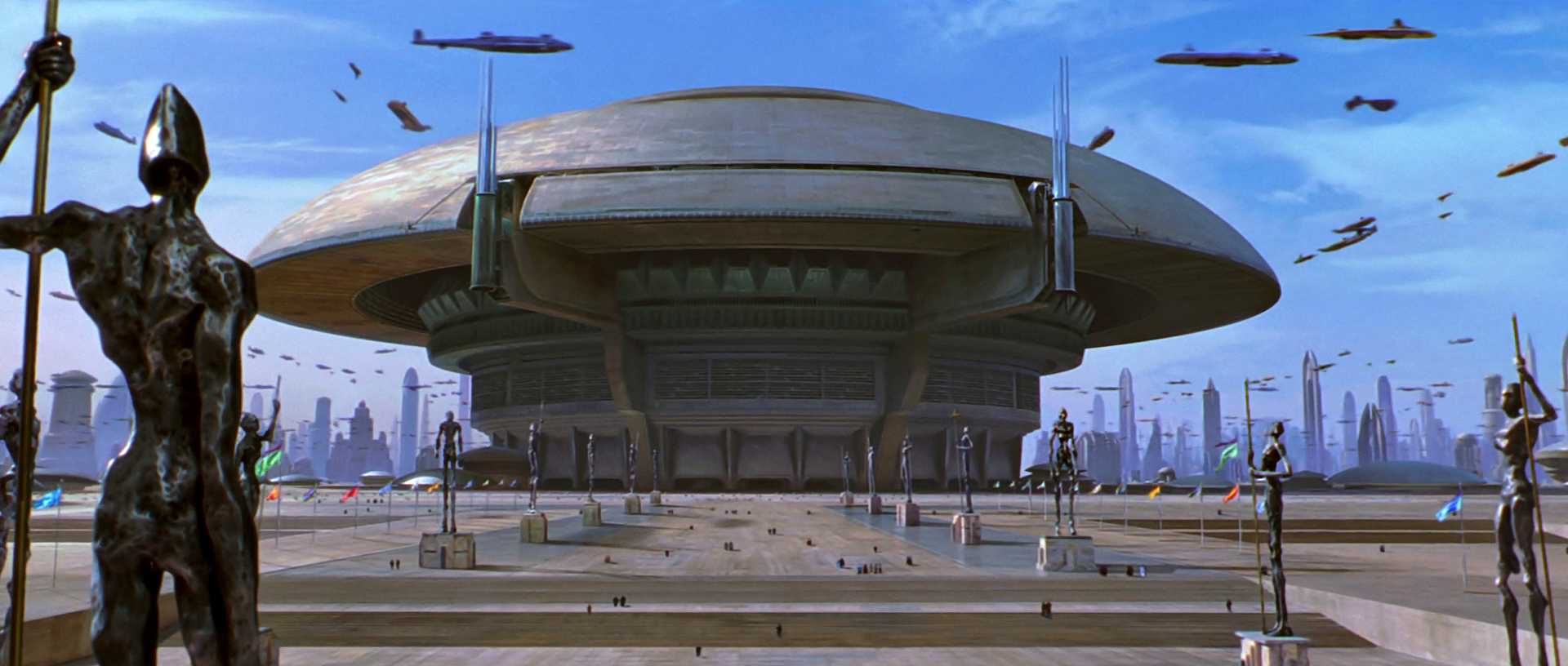
History began anew with Coruscant as the capital world of the modern Galactic Republic.
Despite the fall of Coruscant having a devastating effect on the Republic, it resettled its capital on the ecumenopolis by the end of the Jedi-Sith War. Years of full-scale war with the Sith brought about the decline and fall of the Republic's pre-modern incarnation. Following the near destruction of the Sith, the Republic was not only restored but reinvented as the "modern Galactic Republic."
Coruscant's restoration as the Republic's seat of power marked the official reset of galactic history, which thenceforth began afresh with the re-founding of the Republic in its modern form. While this version of the Republic was considered the "latest evolution" of the government that had existed for millennia, the history prior to the Republic's rebirth, including the Jedi-Sith War, became a forgotten dark age collectively known as the "Old Republic." Around 972 BBY, the Galactic Accord of Systems was established should another war break out.
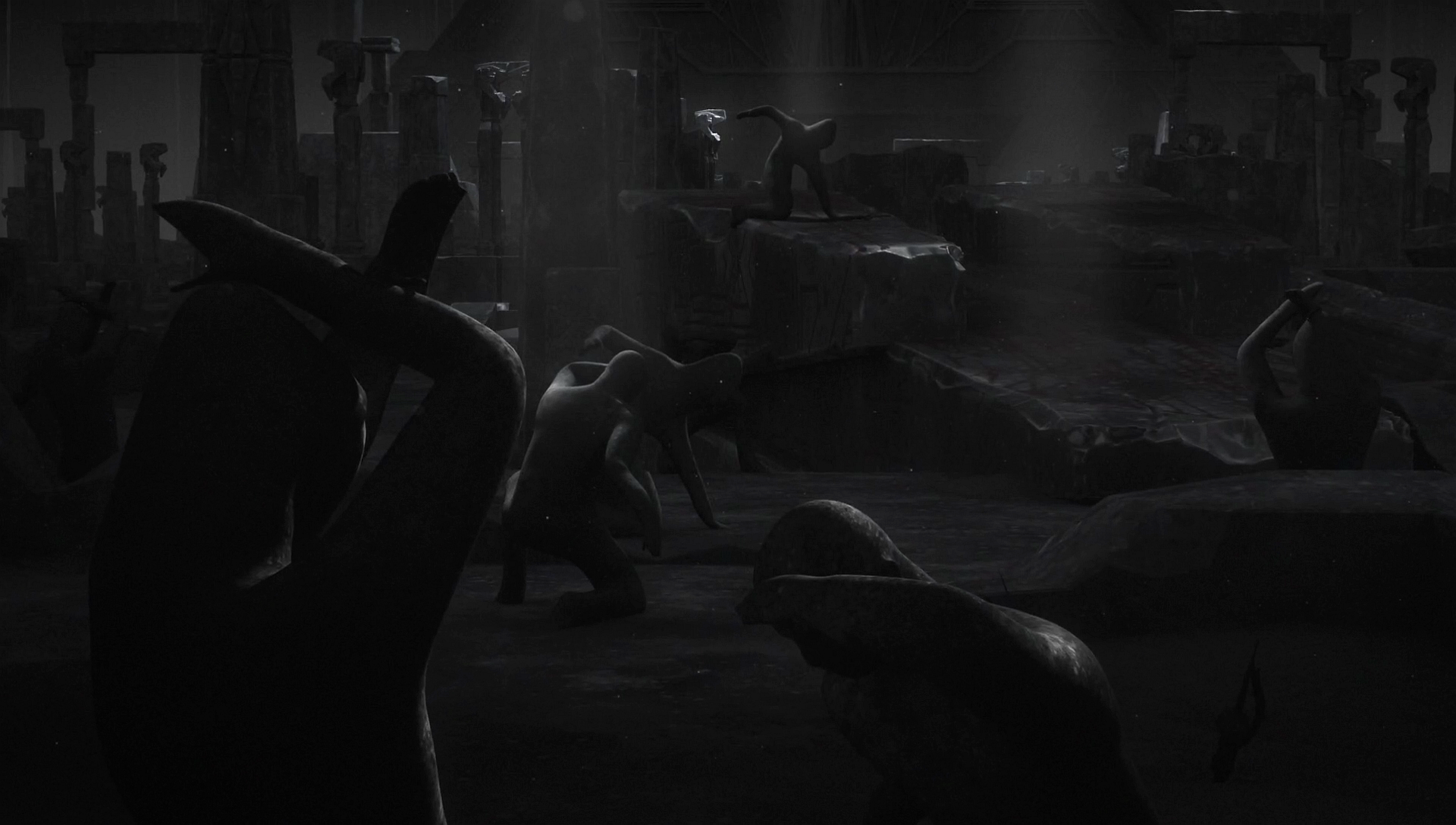
The term "Old Republic" referred to an all-but-forgotten age predating the Republic's rebirth.
The Jedi-Sith War was remembered as the final war in the history of the Old Republic prior to the Republic's rebirth as well as Darth Bane's creation of the Rule of Two. The accounts that chronicled the war included A History of Persuasive Art in the Galaxy, a book on the history of propaganda, which also featured the works of the Bith artist Janyor; The Secrets of the Jedi by Jedi Master Luke Skywalker; and The Secrets of the Sith by the Dark Lord of the Sith Darth Sidious. However, these works focused more on the long-term results of the war rather than its events.
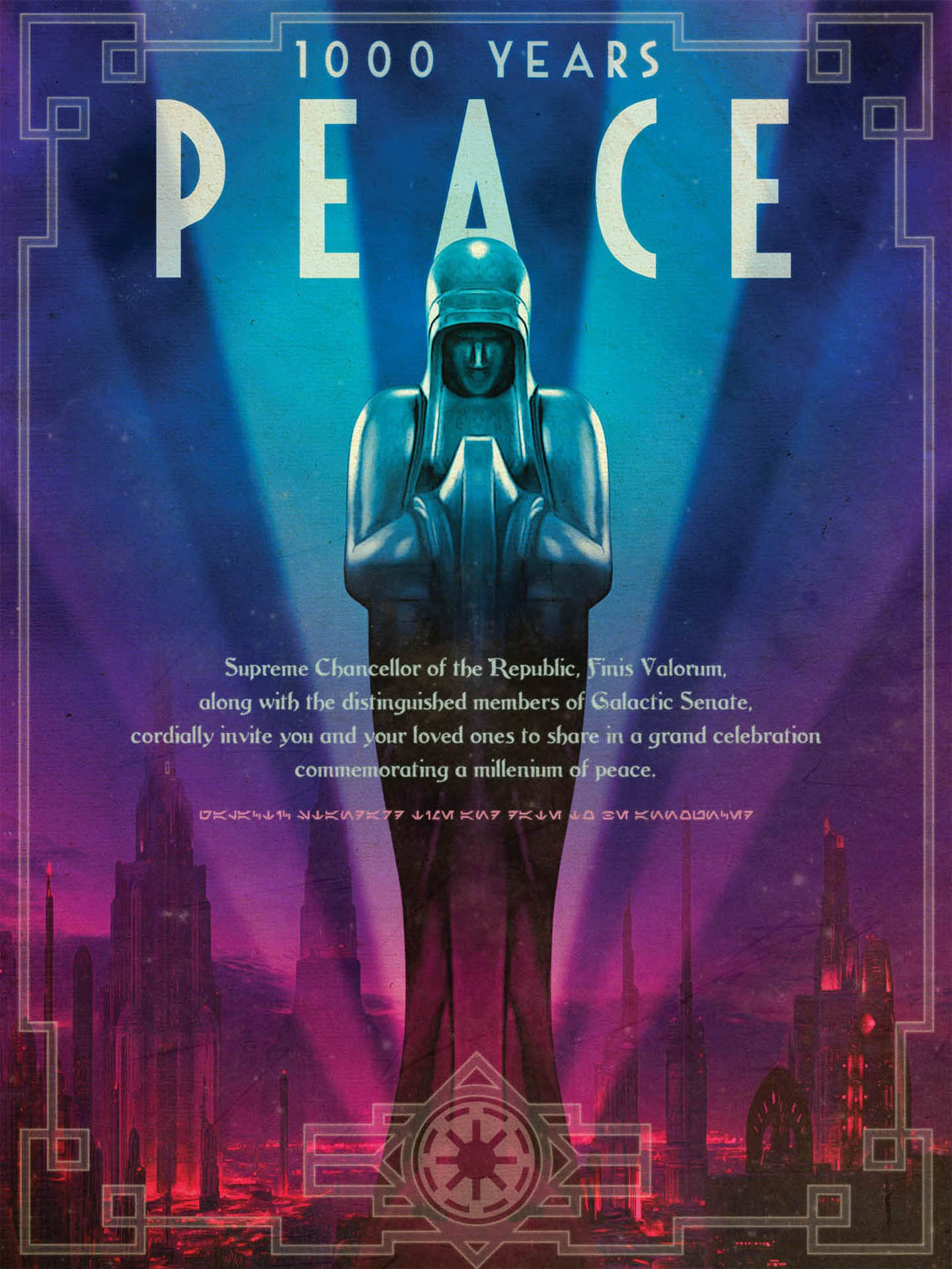
The Jedi-Sith War was succeeded by a millennium of peace under the Galactic Republic.
Under the Jedi Order's protection, the Republic succeeded in uniting much of the galaxy under the rule of the Galactic Senate on Coruscant. The Republic Military was demobilized following the Jedi-Sith War, leaving the Republic in a demilitarized state until the formation of the Grand Army of the Republic at the end of the Separatist Crisis. The Republic Era was, for the most part, devoid of armed conflicts with the exception of a few isolated incidents that were quelled by the peacekeeping efforts of the Jedi. As such, it was also referred to as the "Great Peace."
The Republic rose to the pinnacle of its power during the time of the High Republic Era, a sub-era within the overall Republic Era that lasted roughly a thousand years. Driven by a sense of manifest destiny, the Republic adopted an expansionist policy that aimed to unite the entire galaxy under the Republic banner.
The age of democratic rule endured for a millennium until the Republic was replaced by the Galactic Empire at the end of the Clone Wars in 19 BBY. According to the book A History of Persuasive Art in the Galaxy, the Republic Era was "the last era of peace" in galactic history.

The Jedi Order achieved the pinnacle of their power while serving as guardians of the Galactic Republic.
Having defeated the Sith, the Jedi expanded their role in the galaxy, closely working with the Senate of the reborn Galactic Republic in the pursuit of peace. Generations of Jedi dedicated themselves to the cause of peace, promoting justice and harmony across the known galaxy as peacekeepers of the Republic. Assisted by the Republic Judicials, the Jedi Knights were responsible for maintaining law and order, namely by mediating conflicts to bring about peaceful solutions between various rival factions and planets, as well as serving as interplanetary law enforcement by pursuing wanted and dangerous criminals, pirates, and smugglers.
The Jedi Order reached the apex of its power during the High Republic Era, a time which saw the Order expanding its influence to the galaxy's Outer Rim Territories. In addition, the Order maintained its presence on Coruscant, the galactic capital of the Republic, using the Jedi Grand Temple as its headquarters as well as a training center for the education of future generations of Jedi in the ways of the Force. The Jedi swore their allegiance to the Senate, and the Republic overall, officially serving as the Senate's emissaries and enforcers when necessary. Nevertheless, the Order retained its autonomy and was independently governed by the Jedi High Council.
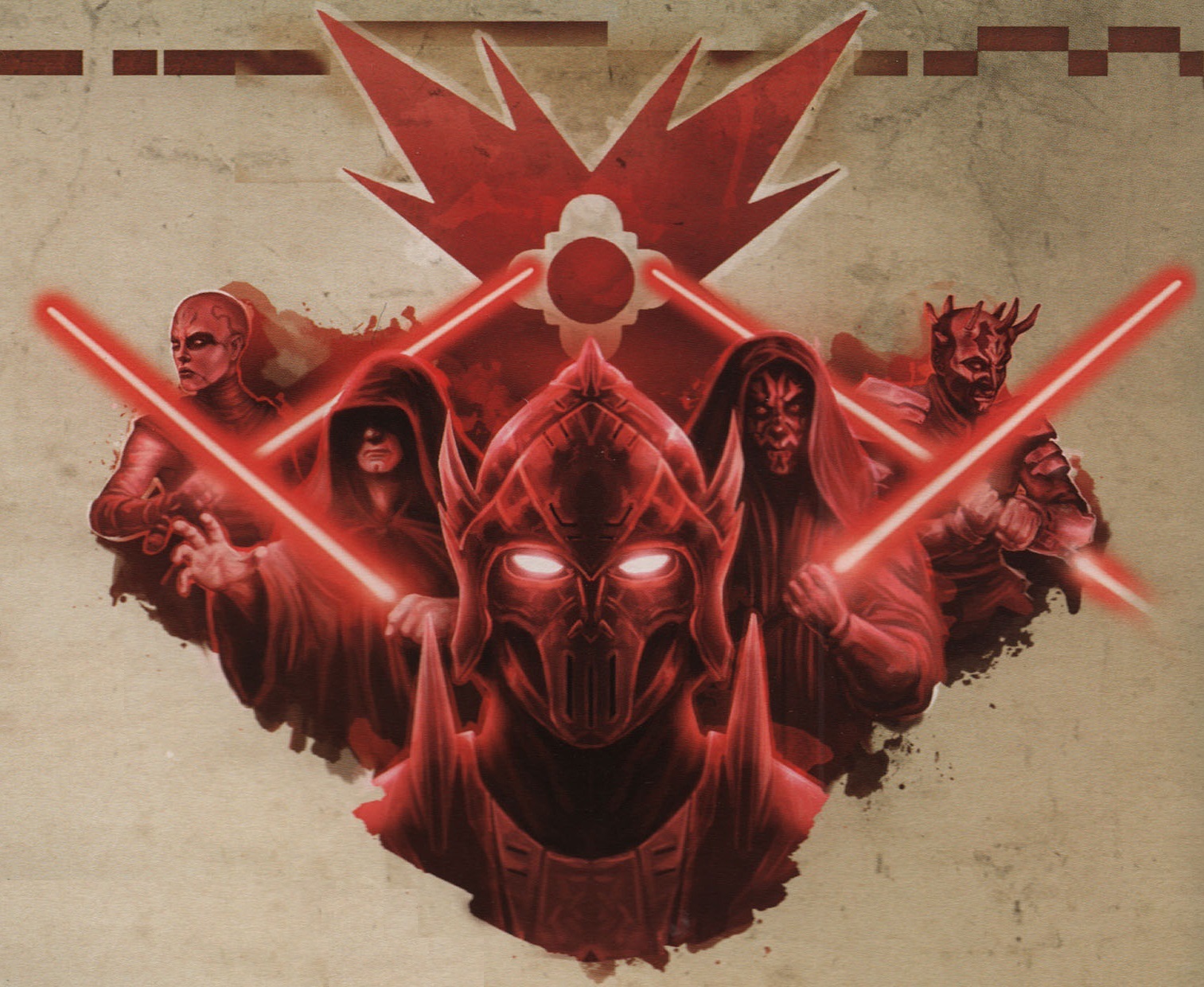
The Rule of Two was created by Darth Bane, spawning a thousand-year Sith lineage that culminated in the rise of Darth Sidious.
Realizing that his fellow Sith Lords destroyed themselves with their greed for power, Darth Bane reformed the Order by establishing the Rule of Two. A successor to the Doctrine of the Dyad, the Rule of Two mandated that only two Sith Lords—a master and an apprentice—could exist at any given time, lest they fall prey to infighting. Another reason he created the Rule of Two was so that the Sith could operate in secret, working from the shadows and favoring guile and conspiracy rather than brute force until it would be their time to take revenge, rise again, and subjugate the galaxy.
Although the Jedi discovered Bane and also learned about his creation of the Rule of Two, the Sith Lord's defeat convinced the Jedi that his plans to restore the Sith to power had been aborted. Unbeknownst to the Jedi, the reformed Sith Order survived the death of Bane, who was killed by his apprentice, Darth Zannah. As a consequence, the Sith survived for another millennium, cycling through generations of Sith Lords who completed their ascendency in the dark side by supplanting the masters who trained them.

Darth Sidious (pictured) restored the Sith to power by purging the Jedi and ruling over the galaxy as Emperor.
Bane was the last Sith Lord to be entombed in the Valley of the Dark Lords on Moraband, the traditional homeworld of the Sith which they abandoned after it was scarred by many wars. The Sith stayed in hiding for a thousand years, their survival unknown to the Jedi, as they plotted their revenge against the Jedi Order. The Sith remained a distant memory until the rise of Darth Sidious, a Dark Lord of the Sith, and his apprentice, Darth Maul, in the waning years of the Galactic Republic. Sidious' machinations achieved the fulfillment of the Grand Plan that began with Bane; the Jedi Order was purged and the Republic became the Empire, with Sidious as the reigning Galactic Emperor. Sidious ruled the galaxy for slightly over twenty years with his final Sith apprentice, Darth Vader, by his side as his right hand man and personal enforcer.
Vader had once been known as Anakin Skywalker, a Jedi Knight prophesied to be his Order's Chosen One in order to bring balance to the Force. After years of living as a Sith Lord, however, Vader would return to the light side at the urging of his son, the Jedi Knight Luke Skywalker, during the Battle of Endor of 4 ABY. The returned Anakin Skywalker betrayed and killed Sidious, who secretly managed to cheat death via the power of transference. Sidious's empire would be formally defeated a year after his death with the Battle of Jakku of 5 ABY. In 35 ABY, Sidious announced his return to the galaxy and attempted to forge a new regime, only to be defeated at the Battle of Exegol by his granddaughter, the Jedi Rey.
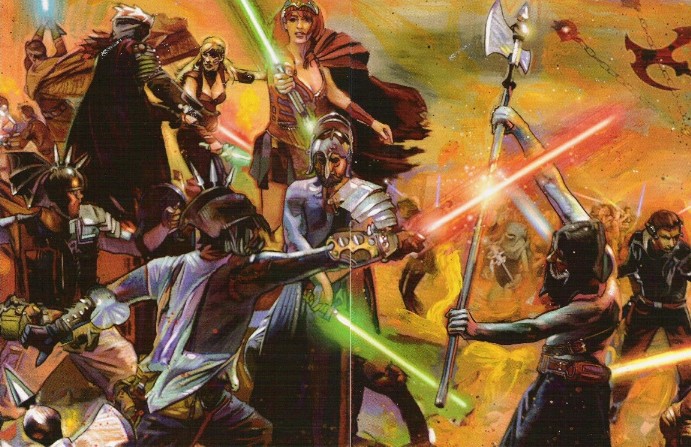
The New Sith Wars as depicted in Star Wars Legends
The Jedi-Sith War was first mentioned in the 2016 reference book Star Wars Propaganda: A History of Persuasive Art in the Galaxy. It was first identified in the 2019 Fantasy Flight Games reference book Rise of the Separatists.
In Star Wars Legends, this conflict was known as the New Sith Wars where it was fought from 2000 to 1000 BBY. and made its first appearance in Dark Forces: Jedi Knight.
George Lucas states that there was never a Jedi-Sith war, and that the Sith destroyed themselves, not the Jedi. "'Oh, well, there was a war between the Jedi and the Sith.' Well, that never happened. That's just made up by fans or somebody. What really happened is, the Sith ruled the universe for a while, 2,000 years ago. Each Sith has an apprentice, but the problem was, each Sith Lord got to be powerful. And the Sith Lords would try to kill each other because they all wanted to be the most powerful. So in the end they killed each other off, and there wasn't anything left."
- Nexus of Power
- Star Wars Helmet Collection 14
- Star Wars Propaganda: A History of Persuasive Art in the Galaxy
- Endless Vigil
- Star Wars Helmet Collection 28
- Star Wars Helmet Collection 29
- Star Wars: Geektionary: The Galaxy from A - Z
- Star Wars Helmet Collection 72
- Rise of the Separatists
- Star Wars: The Secrets of the Jedi
- The Star Wars Book
- "Before the dark times…" — Star Wars - The Official Magazine 101
- Star Wars: The Secrets of the Sith
- Star Wars: The High Republic: Chronicles of the Jedi
- Star Wars The Dark Side Pocket Expert
- Star Wars: Timelines